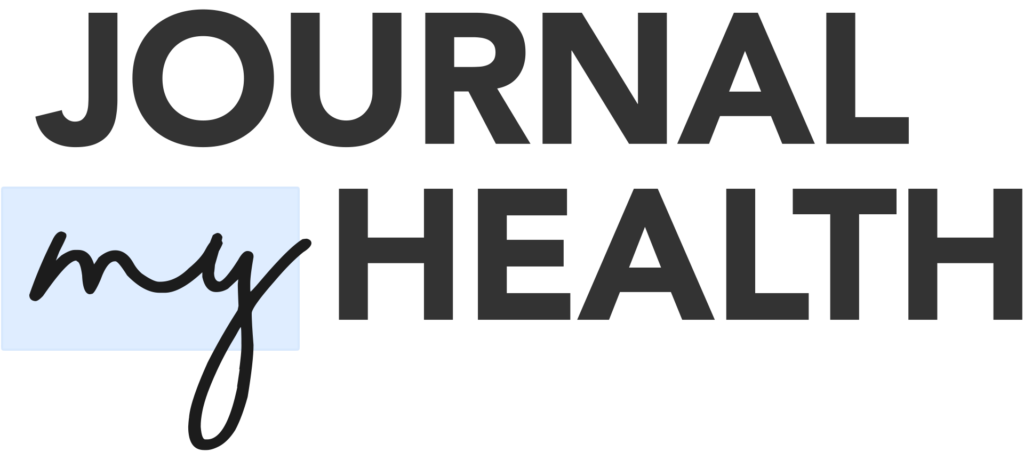If you’ve ever been prescribed medication, you likely know the feeling of scrolling through a long list of potential side effects. Nausea, fatigue, dizziness—the list can be overwhelming and, for some, even discouraging enough to avoid filling the prescription altogether. A recent article in The Philadelphia Inquirer highlights this common concern and explains how post-market monitoring of medications often struggles to differentiate between actual side effects and coincidental symptoms in the real world.
This challenge underscores the importance of leveraging Patient-Generated Health Data (PGHD) to improve medication safety and efficacy. By empowering patients to track their symptoms and health outcomes in real time, PGHD offers a powerful solution for navigating the complexities of medication side effects.
The Problem with Medication Side Effects
Medication side effect lists are created during clinical trials when drugs are tested against placebo groups. However, once a drug is released into the market, monitoring continues without a placebo group, making it difficult to determine whether reported symptoms are caused by the drug or unrelated coincidences. This uncertainty can lead patients to avoid potentially beneficial treatments due to fear of side effects.
For example, as highlighted in the Inquirer article, a patient refused a smoking cessation medication after seeing nausea and fatigue listed as possible side effects—symptoms he had experienced with a different drug months earlier. Without tools to track his health data systematically, he was left relying on anecdotal experiences rather than evidence-based insights.
How Patient-Generated Health Data Can Help
PGHD refers to health-related data collected directly by patients outside clinical settings. This can include symptom tracking, medication adherence logs, lifestyle choices, and biometric data such as blood pressure or glucose levels. Integrating PGHD into healthcare systems offers several benefits:
- Identifying Trends: By tracking symptoms over time, PGHD can help patients and providers identify patterns that indicate whether a symptom is truly linked to a medication or is coincidental.
- Personalizing Care: PGHD allows healthcare providers to tailor treatments based on individual responses, minimizing unnecessary adjustments or discontinuations.
- Improving Communication: Patients equipped with detailed health data can have more informed conversations with their doctors about potential side effects and treatment options.
Real-World Applications of PGHD in Medication Management
PGHD is already proving its value in chronic disease management, such as diabetes and hypertension. When applied to medication safety, it can:
- Enhance post-market monitoring: Aggregated PGHD from thousands of users can help researchers identify new or rare side effects more effectively than traditional reporting systems.
- Empower shared decision-making: Patients can use their own data to weigh the risks and benefits of continuing a medication with their healthcare team.
- Reduce healthcare costs: By preventing unnecessary office visits or hospital readmissions caused by unmanaged side effects, PGHD improves efficiency and outcomes.
A Call to Action: Embracing PGHD for Safer Medications
The abundance of information about medication side effects doesn’t have to be overwhelming. Tools like symptom tracking apps or wearable devices provide patients with the ability to collect meaningful data that bridges the gap between clinical trials and real-world use. This data not only empowers individuals but also strengthens healthcare systems by offering deeper insights into medication safety.
As healthcare continues to evolve toward patient-centered models, integrating PGHD into routine care is no longer optional—it’s essential. By embracing this approach, we can empower patients to make informed decisions about their medications while improving overall health outcomes.
Conclusion
Medication safety is a complex issue, but Patient-Generated Health Data offers a promising solution. From identifying trends in side effects to enhancing communication between patients and providers, PGHD has the potential to transform how we manage medications in the real world. Let’s move beyond fear and uncertainty—by leveraging technology and empowering patients with actionable insights, we can create a safer and more effective healthcare system.

